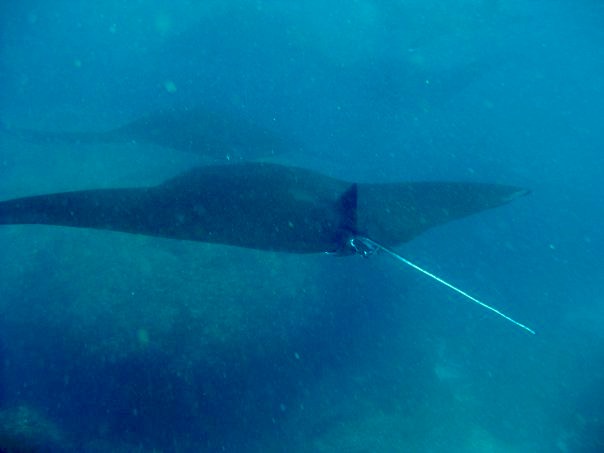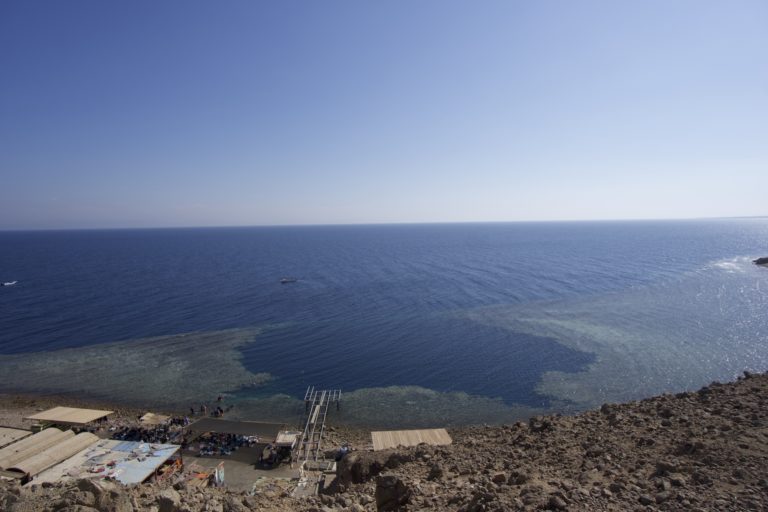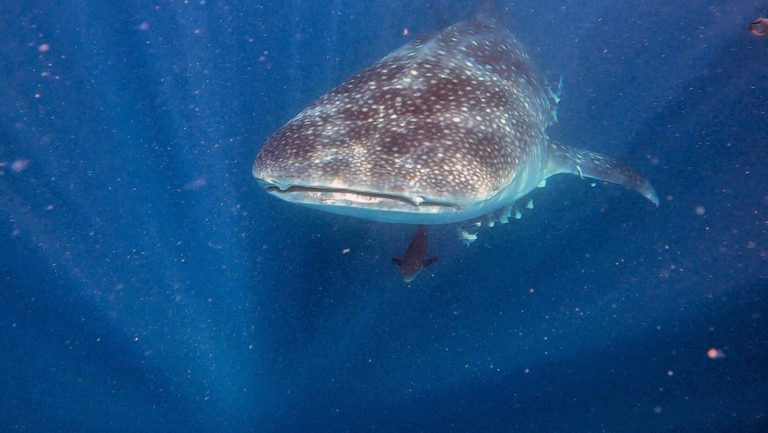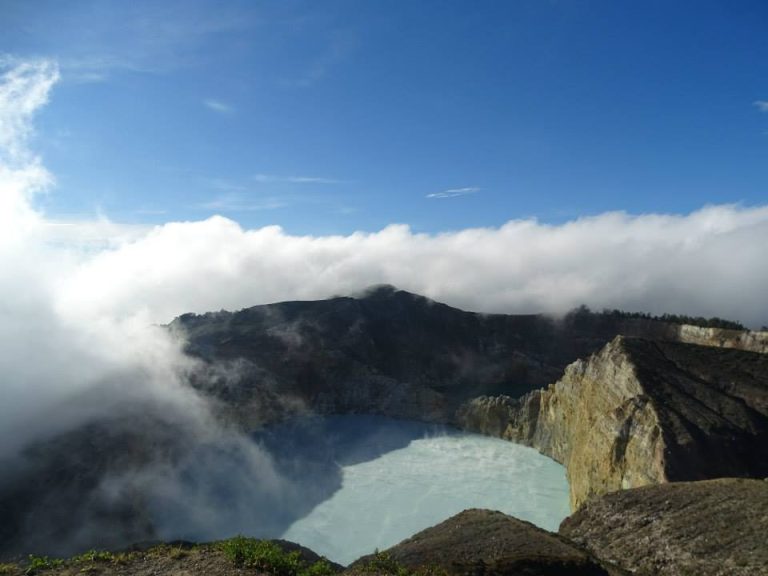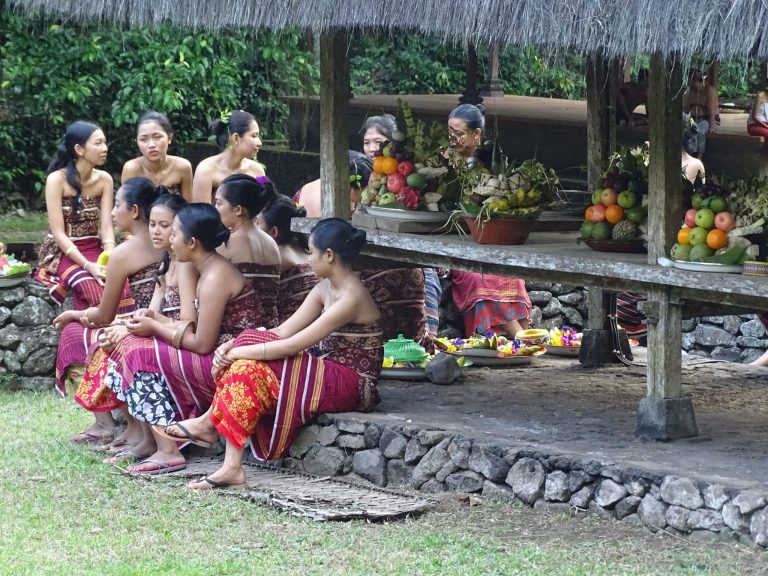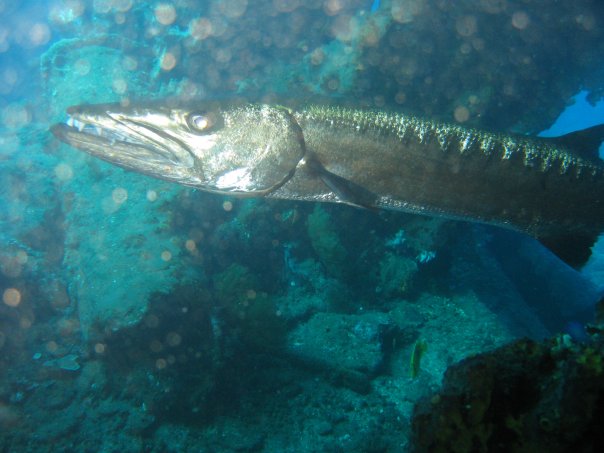DIVING KOMODO NATIONAL PARK
Have you ever dreamt of snorkeling and scuba diving among squadrons of Manta Rays? These angelic creatures whose only presence evokes hidden omens from a magical realm. Well, Komodo national park is one of the best places in the world to see these amazing sea creatures.
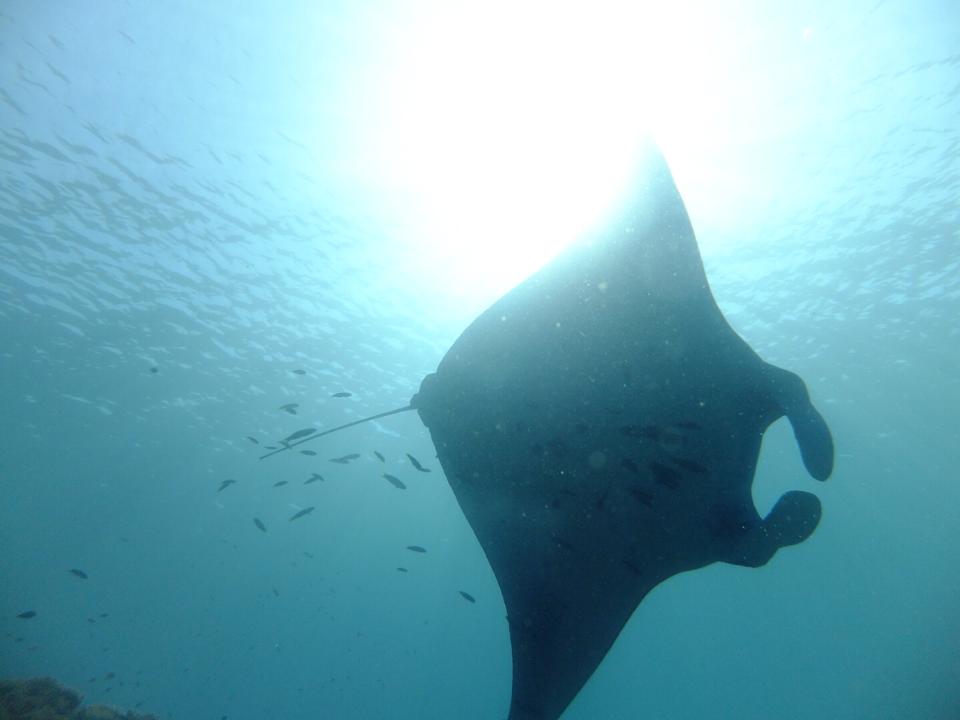
The Komodo national park is not only one of the best places in the world to scuba dive with Manta Rays, but is it one of the top diving destinations worldwide. The Komodo national park takes its name from the worldwide known endemic dragons that live in the Komodo and Rinca islands. A specie of lizards that makes us think that dinosaurs have not yet been extinguished from our planet.
However its underwater life is not so well known among those who do not belong to the scuba diving community. In fact Komodo national park is one of the top diving destinations in the world.
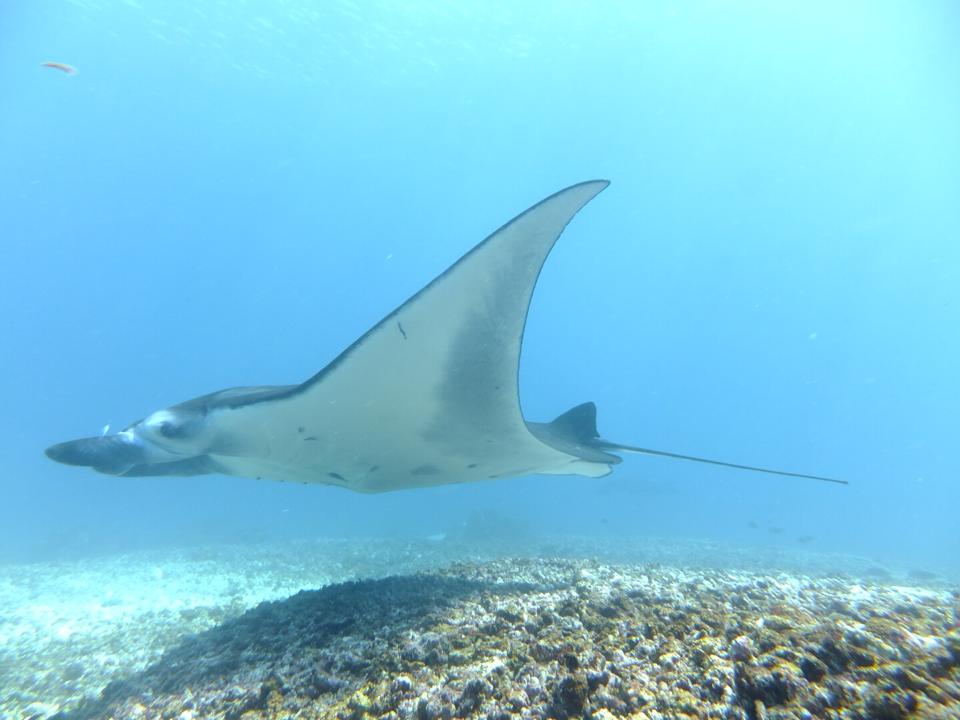
Personally I have dived and snorkeled in several places in Asia, Africa and Central America and scuba diving in the Komodo national park was without a doubt the best diving experience I’ve had until now.
The Komodo national park
The Komodo national park was declared a UNESCO World Heritage site in 1991 and it is home to several islands, including the Komodo island that is a hidden gem in Indonesia and white and pink sand beaches. The Marine life and reefs there are still untouched by dynamite fishing, unlike many other beautiful places in the Indonesian archipelago, and the parks boasts a big number of dive sites brimming with macro and micro marine life. You can see all kind of life there, above and underwater, from flying foxes, to Komodo dragons and dugongs and many other critters and marine species.
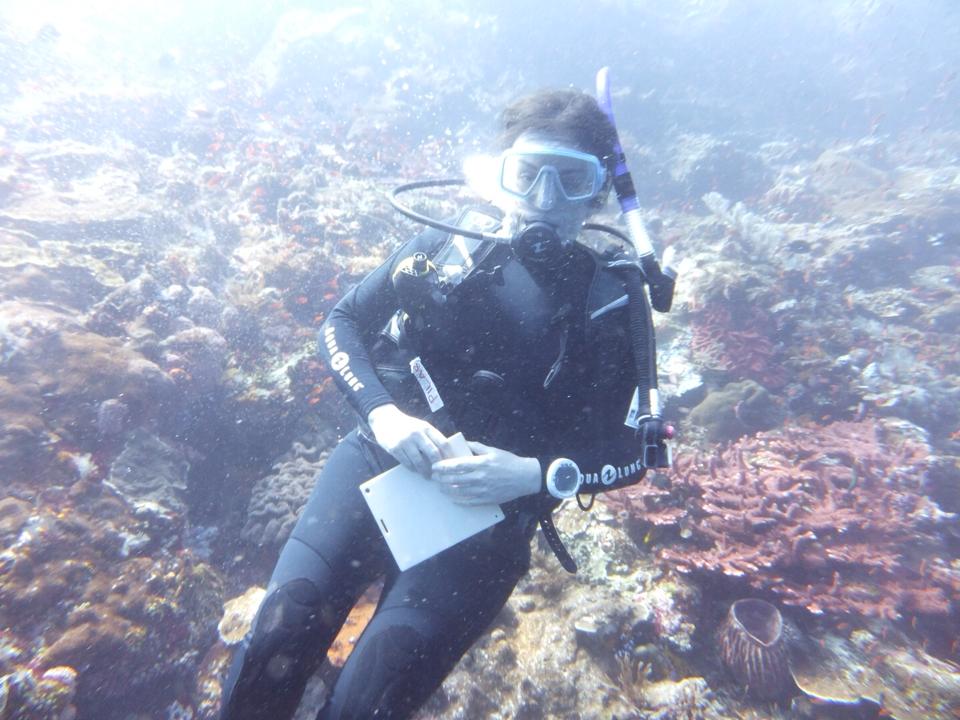
The water temperature is usually around 26, 27 degrees Celsius, making diving a very enjoyable experience. But unlike in places like Koh Phi Phi in Thailand where diving with a bikini is often done by visitors, I would not recommend doing it here. The currents can be very strong sometimes and cold upwellings coming from the abysses create cold thermoclines that you will cross during your dive.
Luabanbajo is the base for exploring the Komodo national park. I met a few people that came to Labuanbajo for a few days and decided staying much longer after seeing the marine life in the park.
Diving in Komodo national park is highly addictive and it will leave you wanting for more. No matter how long you spend there. So, if you already are a dive junkie, book at least 10 days of your time to stay in Labuanbajo and trust me you will not regret. This is exactly what I did and I cannot wait to have another chance to come back to this amazing place.
Snorkeling in The Komodo national park
Most of the boats that offer snorkel trips in Labuanbajo do also offer scuba diving. The sites are the same for snorkelers and divers.This is very convenient if you are a couple of a group of friends traveling with different preferences, you will be able to sill share the same boat and enjoy the surface time together.
As a rule if you are an avid diver or snorkeler I would always recommend you bringing your own mask. All dive shops offer equipment with the deals but I prefer to have my own mask with me that perfectly fits my face.
The Sun is really strong in the area. Even if using Sunscreen I got sunburnt on my first day on the boat. So make sure to bring enough sunscreen with you. But please do not put it on just before entering the water as it damages the coral reefs. Or opt to buy a non coral bleaching sun Screen.
Scuba diving in The Komodo national park
If you are a scuba diver do not plan a trip to only visit Komodo or Rinca island and see the Komodo dragons. Leave a few more days to explore its underwater wonders.
Komodo national park is a top diving destination and its marine life diversity will leave you speechless.
Do not forget to bring your underwater camera as the marine landscapes are really impressive and you will be thirsty for more. I did not have a really good quality camera still when I visited the park and was not yet recording video but I wish I had recorded.
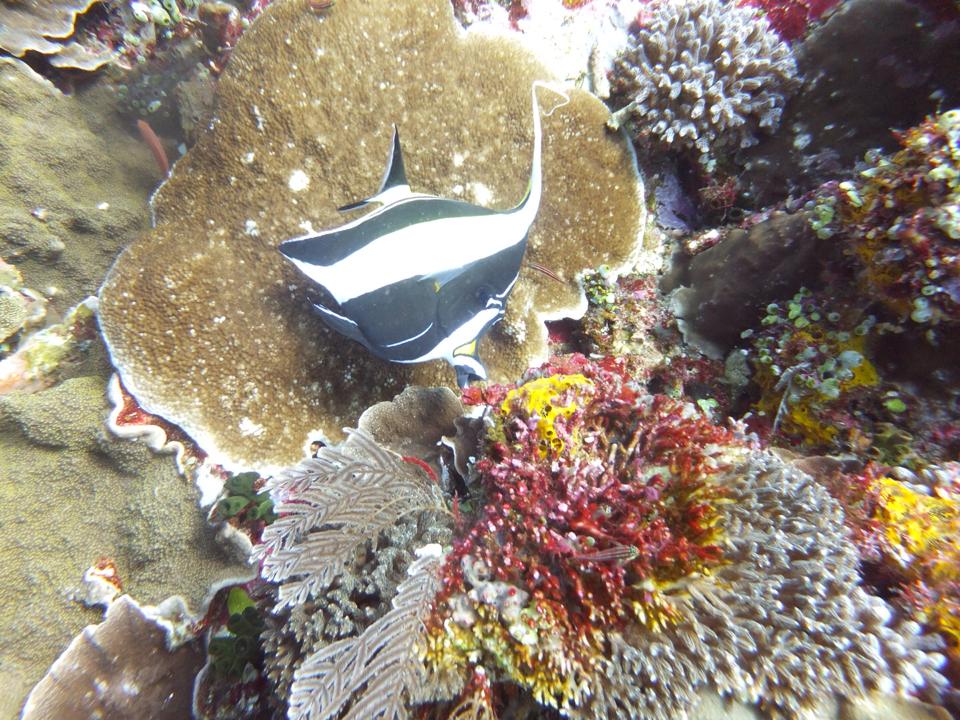
For wetsuit I would recommend a 3 mm long wetsuit. A short wetsuit could also be fine but when you will cross the thermoclines in some of the dive sites it will become a bit chilly.
The currents can be also pretty strong some times in the park as in most dive sites in Indonesia so it is safer to wear a long wetsuit to protect your skin.
Even if you are an experienced diver with thousands of dives in other parts of the world, always follow your dive master instructions. The down currents are sudden in some of the dive sites and the experienced local guides know how to avoid them.
And above all, enjoy. Scuba diving in Komodo national park is a one in a lifetime experience which positive benefits will stay with you for many years to come.
How to scuba dive the Komodo national park on a budget
Scuba diving in the Komodo national park is a top world diving experience but it can easily break your travel budget if not done with careful planning.
There are many liveboards and fast luxury boats taking you to the dive sites but for a quite expensive price. If you are just on a holiday trip that can be the best option as it will save you time and you will be able to do more on your reduced time on the island.
However for the long term traveler who is living under a strict budget there are still affordable options, at the price of spending literally 11 hours on the boat daily for three dives. Do some research and ask for the option of diving with slow boat to get a reduced price.
Best Dive Sites in the Komodo national park
Manta Point ( Makassar reef)
Manta Point or how the local people call it, Makassar reef is Manta Ray cleaning station. A Manta Ray cleaning station is where Manta Rays come to be cleaned by some parasites and cleaner wrasses, making it thus, an ideal location to observe these majestic creatures, as they stay still on same spots on the site during the cleaning process or swim around the site in groups.
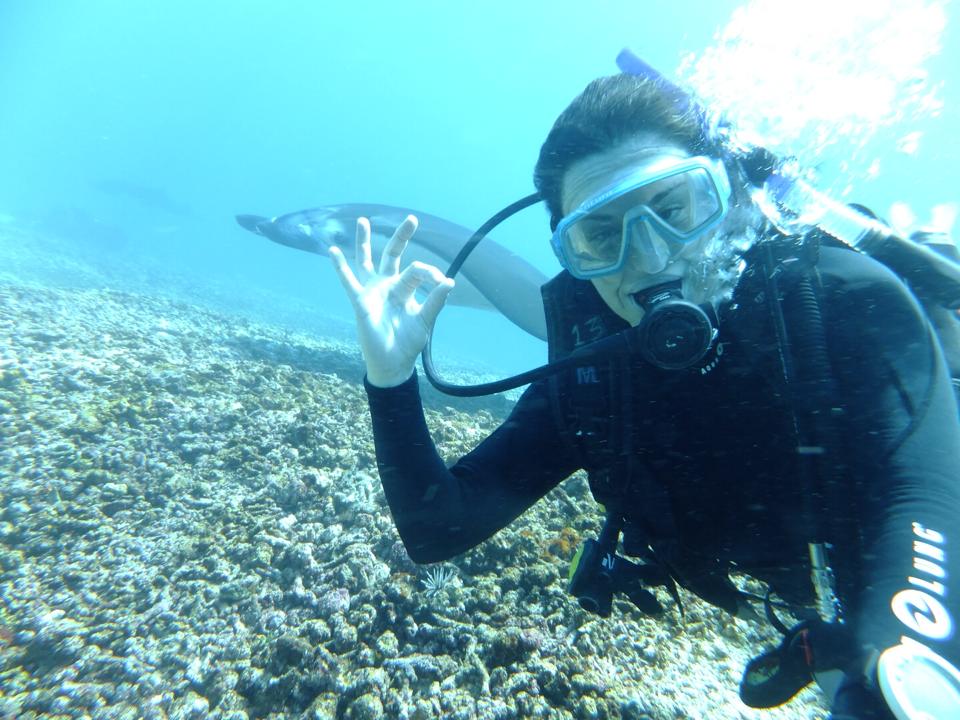
Imagine jumping into the water and seeing six, seven or even more Manta Rays in one dive.
Do not forget to bring your underwater camera as Manta Rays stand still in the location and it is a very easy spot to take pictures with them.
Tatawa Besar
Tatawa Besar is an island in the Komodo archipelago and its dive site is home to one of the most well preserved coral gardens in the Komodo national park.
Marine life is concentrated in between 5 and 18 meters of depth, swimming through a scenic landscape of orange-reddish hues of hard and soft corals.
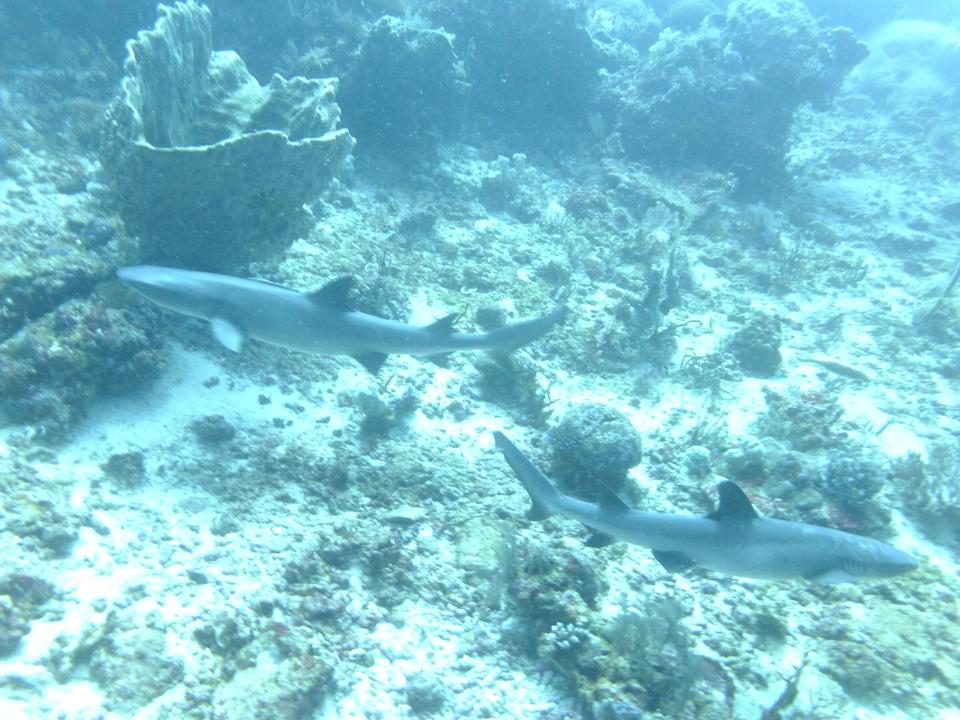
This is a mild drift dive. The current will bring you through the site while surrounded by a multitude of fusiliers swimming in synchronism. You can spot turtles, black tip shark and napoleon wrasses and there could be the chance of seeing a Manta Ray once in a while.
Tatawa Kecil
Tatawa kecil is located on the South part of Tatawa besar and it is a dive site for advanced divers as there is a big chance of strong down currents in the area.
Diving depth is usually between 20 – 24 meters. There are underwater boulders and nice swim throughs and a great variety of colorful fish such as Trevallies, Frogfish, Dragonet, Angel fish and groupers among others.
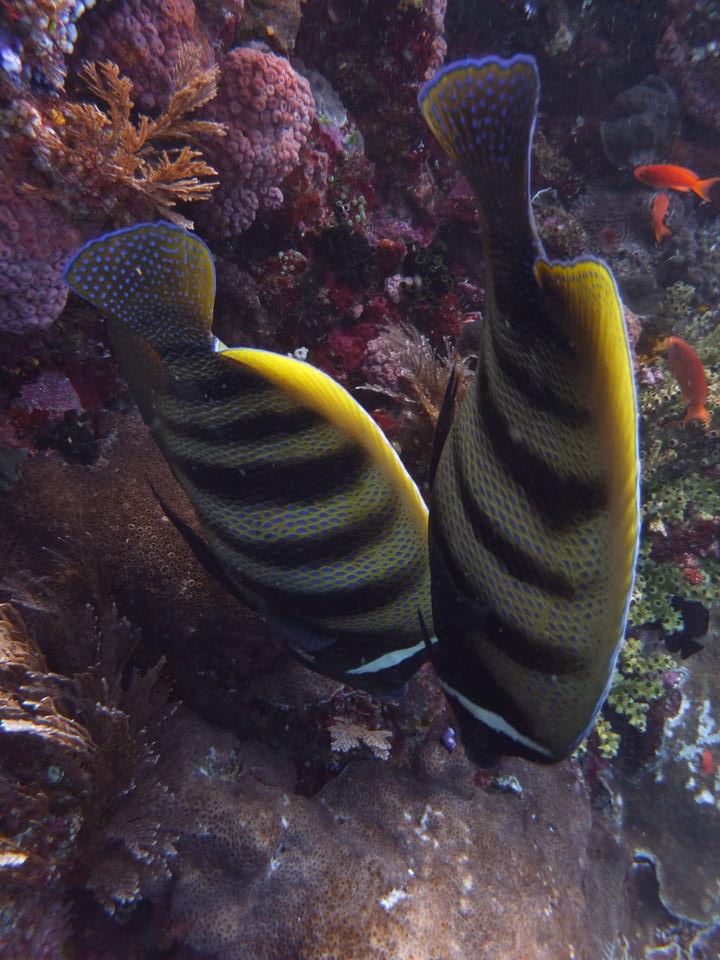
Batu Bolong
Batu Bolong is one of the top dive sites in the world and for many the most dangerous dive site in the Komodo national park.
But do not worry about the safety. Yes, currents can be pretty strong here but if you dive at the perfect timing and under the guidance of a local guide there will be not danger.
Batu Balong is small pinnacle hit by strong currents and diving all around the pinnacle is usually not possible. Your guide will pay attention to the movement of the fish to recognize the currents and for your safety will not let you continue further. It is very important to pay attention to your local guide in Batu Bolong.
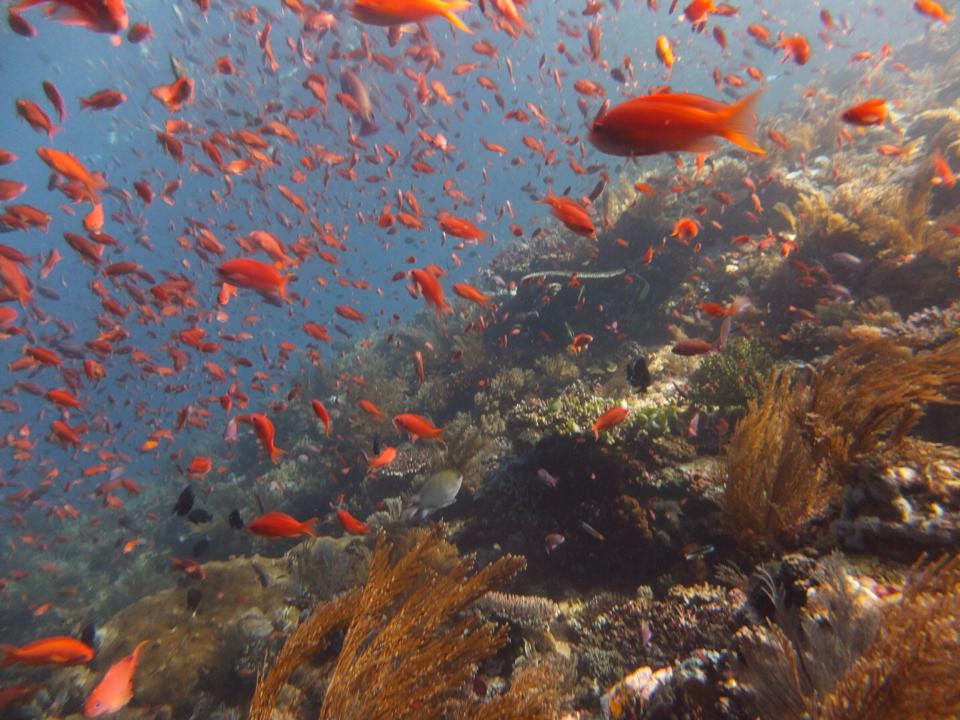
As you enter the site, in the shallow area, you will be greeted by hundreds of reddish anthias. Deeper down in the site groupers, lion fish and hawksbill green turtles swim around at peace while you will be diving through the dive site.
This dive site is really rich in coral reefs and once you have done it once you will be wanting to come back from more. This was my favorite dive in Komodo national park.
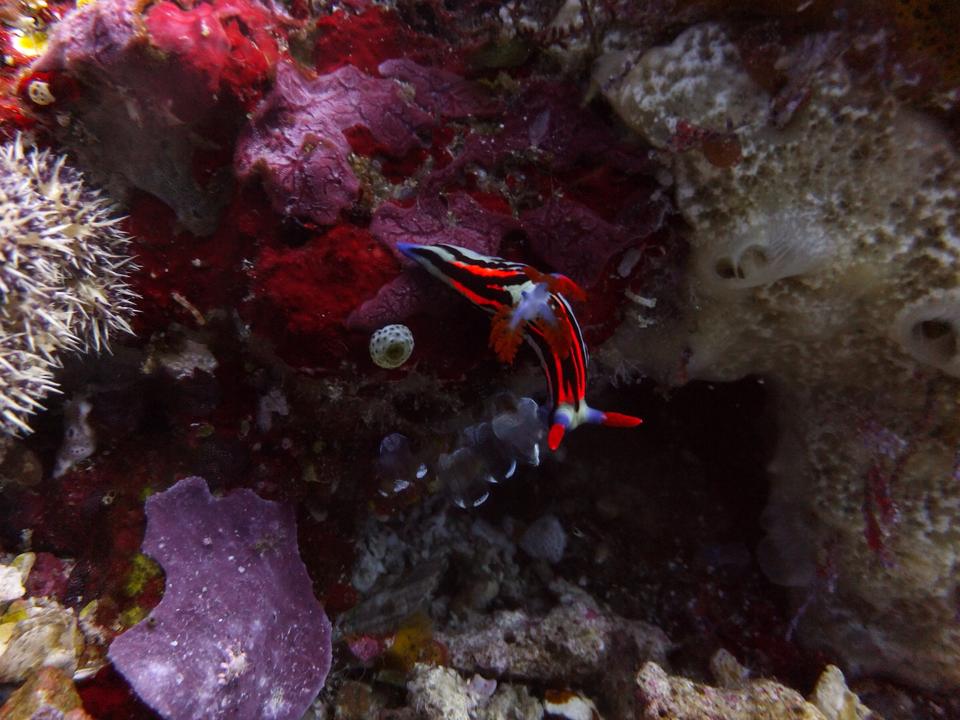
Crystal Rock
Crystal rock is located in the Northern area of Komodo island and it is usually hit by strong current.
It is very good spot to spot sharks and it is an action dive site due to the strong currents. Do not forget to bring your camera with you to immortalize the sharks.
Castle Rock
Castle Rock is also located in the Northern part of the Komodo national park and it is considered by many the best dive site in the park.
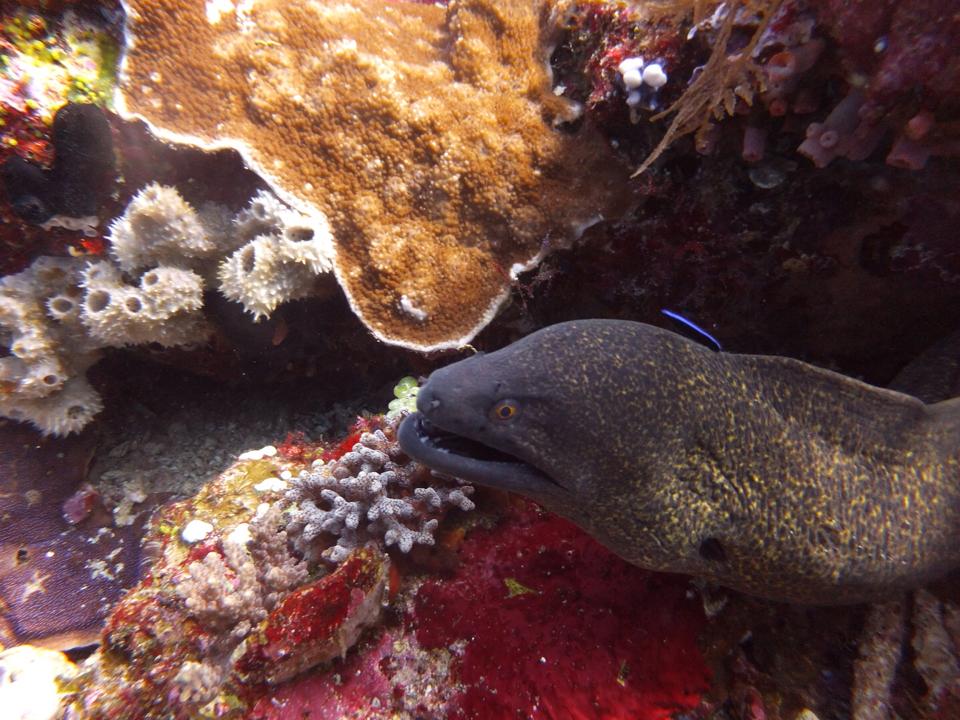
Currents can be strong in Castle Rock, so it is not considered beginner’s dive. The dive site consists of a pinnacle emerging from the depths of the sea that attracts thousands of colorful fish that will swirl around when you enter the dive site.
How to get to Luabanbajo
There is a small airport in Labuan Bajo and there are several daily direct flights to Labuan Bajo from Bali airport. You can also fly to Labuan Bajo from Jakarta Surabaya or Ende.
- BAGAMOYO: LAY DOWN YOUR HEART - April 5, 2024
- IRENTE VIEWPOINT LUSHOTO, USAMBARA MOUNTAINS - April 3, 2024
- 16 FACTS ABOUT BANGKOK - March 31, 2024

